We have experience hosting a range of audiences, from college classes to birthday parties to company outings, and we customize our tours to meet your group’s interests and needs.
Book a private tour today
We are excited to welcome back artist, author and local legend Rev. Jen Miller. We last joined her for a behind-the-scenes look at her extensive collection of Troll Dolls, once the …
Read more
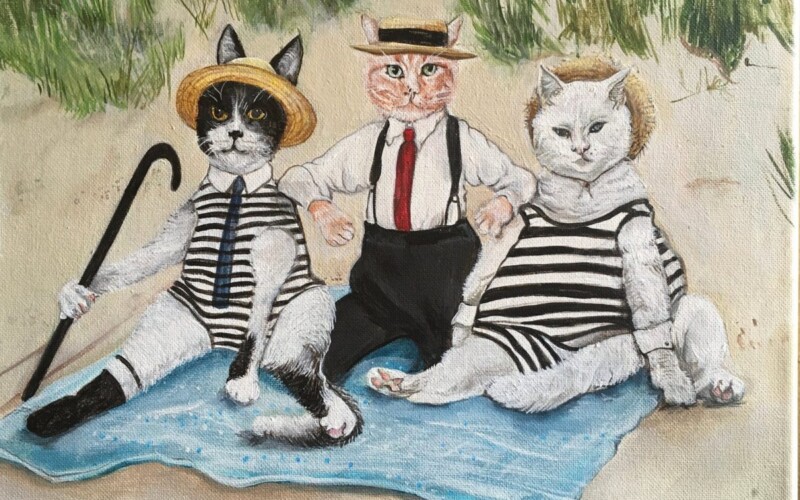
In 1953, the USS Wrangell was sailing off the coast of Portugal when it encountered a fishing boat adrift; on board was just a lone fisherman, dead, a dog, barely …
Read more
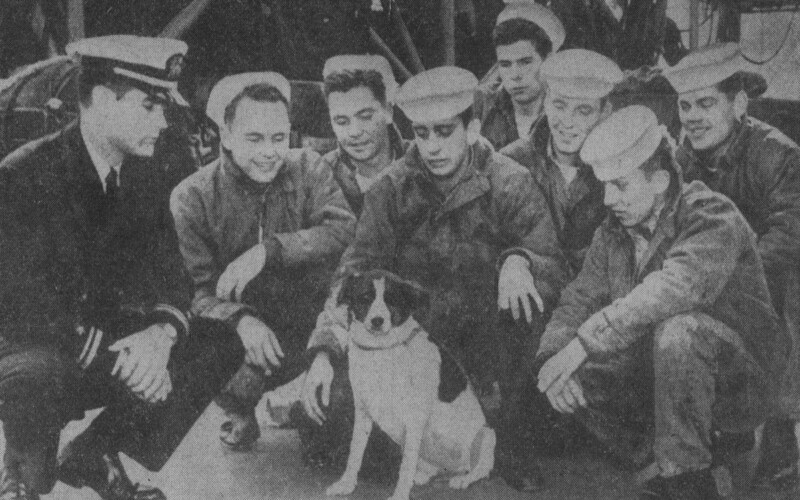
War has played an integral part in the history of Prospect Park. In August 1776, the future site of the Park was a battleground, as American troops tried to stop the British …
Read more
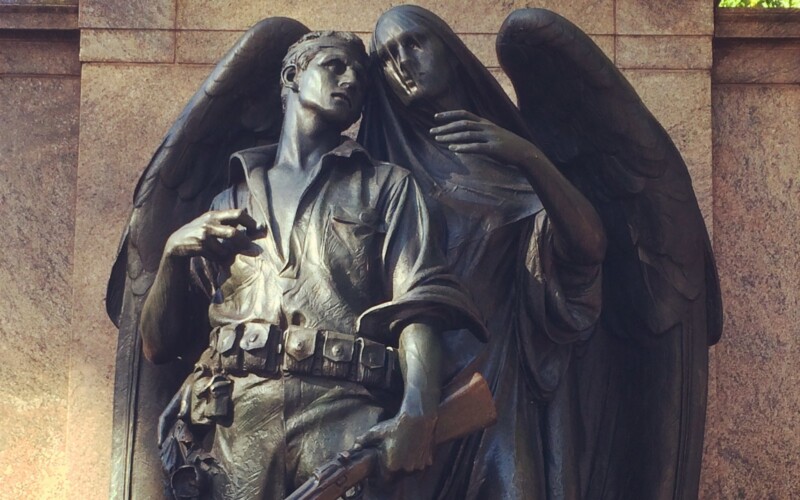
Thanks to all the photographers who joined our summer installment of the Brooklyn Navy Yard Photography Tour. This season, the winning photographs will be selected by an artist based in the …
Read more
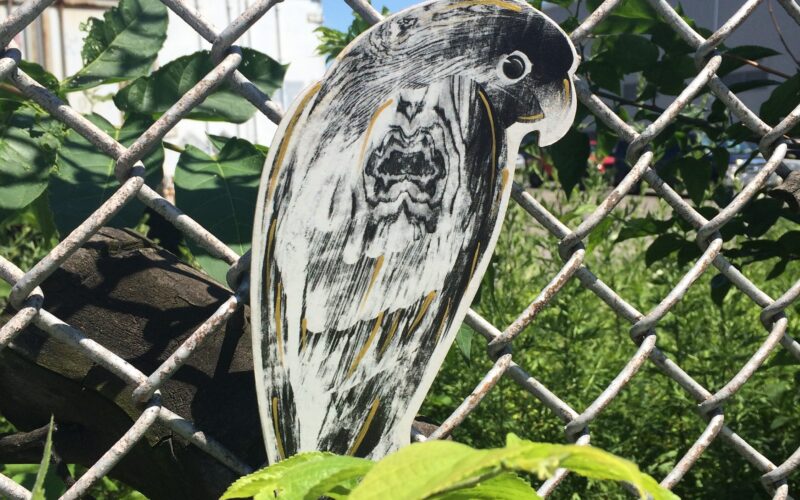
After a hiatus of 115 years, a vast squadron of homing pigeons has returned to the Brooklyn Navy Yard. This weekend marks the opening of Fly By Night, an ambitious …
Read more
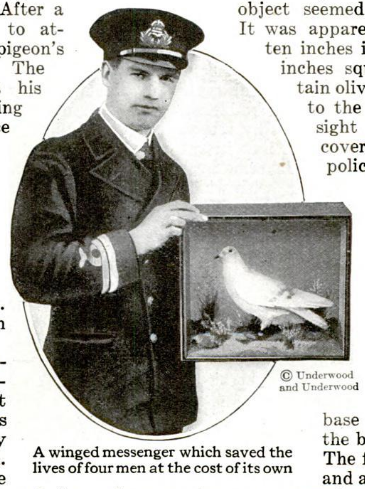
We are now three weeks in to our Brooklyn Waterfront Past & Present Tour series, and our guest speakers so far have been spectacular. Nate Kensinger was able to recall …
Read more

This past weekend, I was perusing the US Naval Institute website (probably one of my favorite websites), when I came across an article, “Unique Ships of the U.S. Navy.” Featured …
Read more
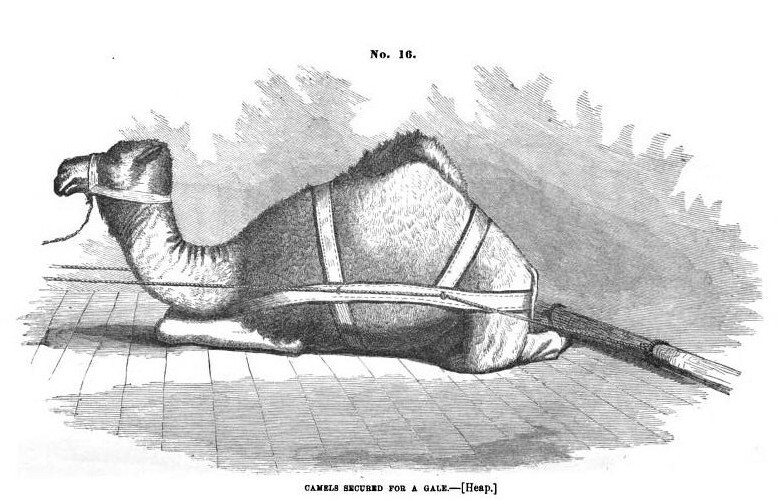
Update, February 20, 2024: Sadly, we lost Salty earlier this year, but she will forever live on in our hearts. Last month, we at Turnstile Tours had the pleasure of …
Read more

For the fourth year in a row, we dragged ourselves out of bed at 5:30 in the morning and made the trek over the Verrazano Bridge to see New York …
Read more
